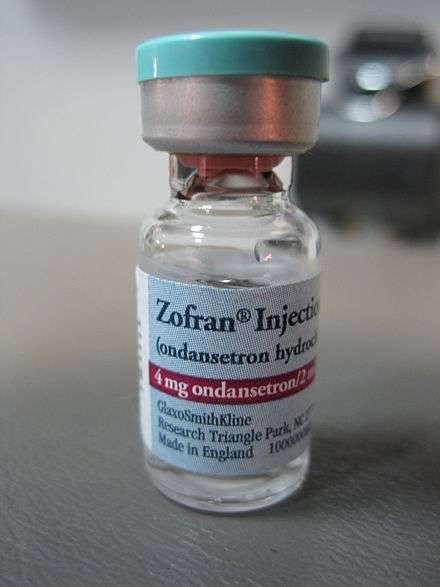A nurse will administer Zofran (ondansetron) 0.15 mg/kg over 15 minutes. The patient weighs 176 lb. The nurse receives the medication from the pharmacy mixed in 50 mL normal saline...
How should the nurse set the IV pump to deliver the correct dose?
100 mL/hr
150 mL/hr
200 mL/hr
400 mL/hr
The Correct Answer is C
The patient is ordered to receive 0.15 mg/kg of Zofran over 15 minutes. The patient weighs 176 lb, which is equivalent to 80 kg. To calculate the total amount of Zofran the patient should receive, multiply the weight by the dosage:
80 kg x 0.15 mg/kg = 12 mg
The Zofran arrives from the pharmacy mixed in 50 mL of normal saline, which means there is 12 mg of Zofran in 50 mL of solution. To calculate how many milliliters per hour the nurse should set the IV pump, we can use the following formula:
50 mL / 0.25 hour = X mL per hour X = 200 mL per hour
Therefore, the nurse should set the IV pump to deliver 200 mL of Zofran per hour to the patient.

Nursing Test Bank
Naxlex Comprehensive Predictor Exams
Related Questions
Correct Answer is B
Explanation
The correct answer is choice B. 31. To find the number of bottles required, use the formula: (dose x frequency x duration) / (bottle size x bottle concentration). In this case, (4 mg/kg x 43 kg x 3 times/day x 6 days) / (100 mg/bottle) = 30.96 bottles. Round up to the nearest whole number to get 31 bottles.
Correct Answer is B
Explanation
To calculate the dose of digoxin in micrograms (mcg) that the child should receive, we need to first convert the weight of the child from pounds to kilograms:.
30 lb / 2.205 = 13.61 kg.
Next, we can calculate the dose of digoxin in mcg:. Dose (in mcg) = Weight (in kg) x Dose (in mcg/kg). Dose (in mcg) = 13.61 kg x 10 mcg/kg.
Dose (in mcg) = 136.1 mcg.
Now we need to calculate the volume of digoxin solution to administer. Since the concentration of the digoxin solution is 1 mg/mL, we can use proportion to calculate the volume:.
1 mg is to 1 mL as 136.1 mcg is to X mL. 1/1 = 136.1/X.
Cross-multiplying, we get:. 1X = 136.1 x 1.
X = 136.1 mL.
Therefore, the nurse should administer 0.1361 mL (136.1 mcg) of digoxin to the child.
Whether you are a student looking to ace your exams or a practicing nurse seeking to enhance your expertise , our nursing education contents will empower you with the confidence and competence to make a difference in the lives of patients and become a respected leader in the healthcare field.
Visit Naxlex, invest in your future and unlock endless possibilities with our unparalleled nursing education contents today
Report Wrong Answer on the Current Question
Do you disagree with the answer? If yes, what is your expected answer? Explain.
Kindly be descriptive with the issue you are facing.
